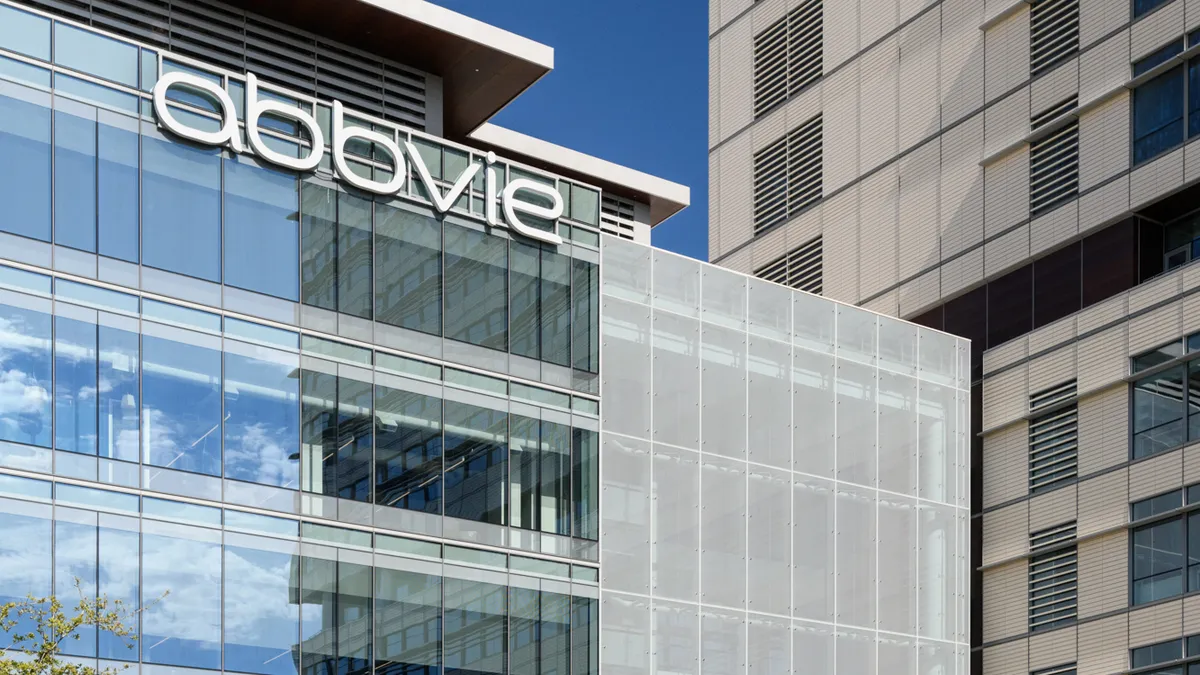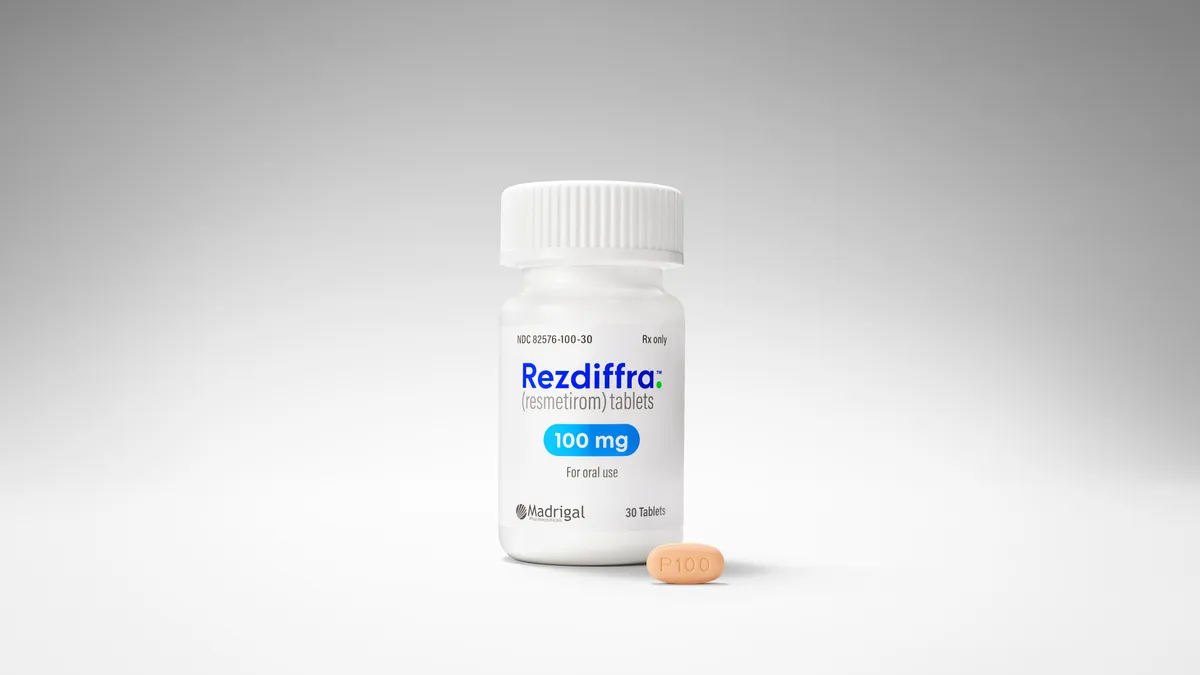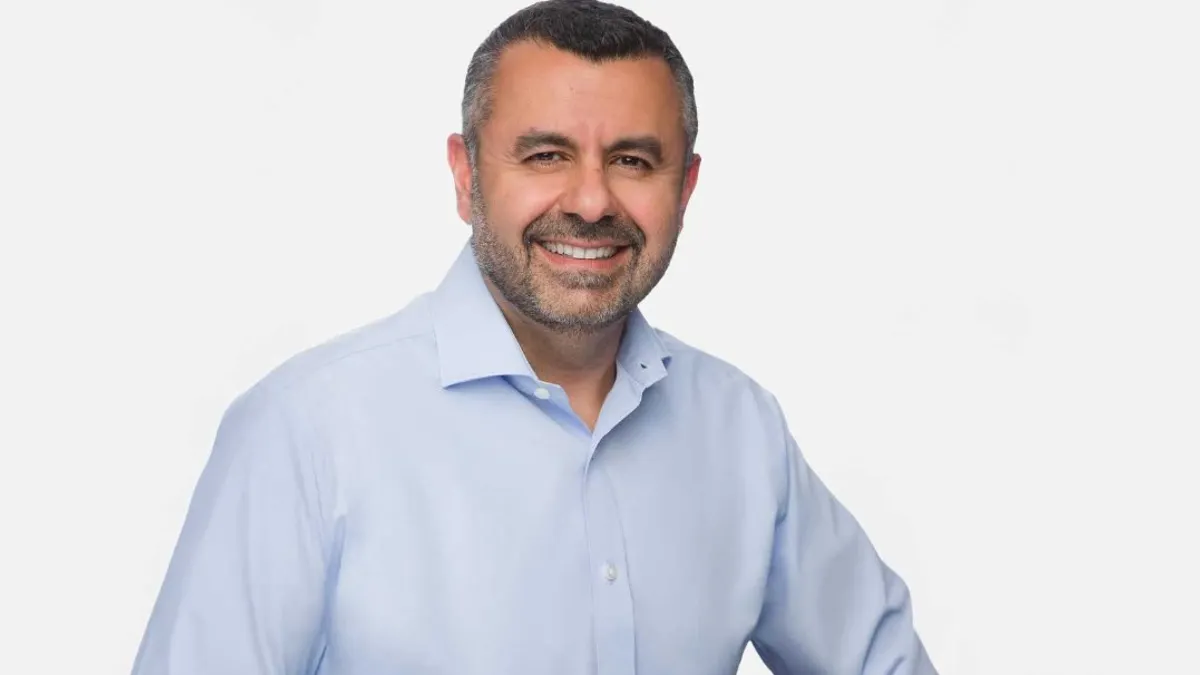Antibody-drug conjugates have become a “choose your own adventure” tool in pharma R&D.
Due to their versatility, the therapies have proved themselves as a potent weapon against many oncology indications, AstraZeneca’s vice president and head of medical affairs for U.S. oncology told PharmaVoice last year. And the adventure more companies are choosing is solid tumors.
AbbVie scored the latest breakthrough in the solid tumor arena this month when the FDA granted an accelerated approval to its ADC Emrelis. The company won the go-ahead for patients with the most prevalent type of lung cancer who have a high expression of a protein called c-Met — a population currently facing a “poor prognosis and limited treatment options,” AbbVie said in a statement.
The win for Emrelis — AbbVie’s first internally developed solid tumor drug — marked a milestone payoff for the company. After a successful run developing blood cancer drugs, AbbVie shifted its focus to solid tumors and playing catchup in the ADC space.
“AbbVie was always best known for its strong presence in hematological malignancies … and it has now become a serious contender in solid tumor oncology,” said Neha Anand, an analyst with Citeline.
Emrelis is poised to capture a population of about 60,000 patients with non-squamous non-small cell lung cancer in the U.S. and Europe as a first-in-class medication, Citeline predicts. Assuming the approval holds after AbbVie reports data from an ongoing phase 3 trial, Emrelis could become a blockbuster, Anand said, or at least pull in about $500 million per year.
“The ADC market for solid tumors is rapidly evolving and experiencing significant growth."

Neha Anand
Analyst, Citeline
And the breakthrough will give AbbVie’s ADC-focused strategy more momentum.
“This approval demonstrates the ability of this company to develop and commercialize ADCs and it provides a foundation for other ADC candidates in their pipeline,” Anand said. “It also gives a major boost to investor confidence.”
For other drugmakers, the Emrelis milestone showcases how pharma can have a winning strategy targeting solid tumors with ADCs.
How to succeed in ADCs
With the Emrelis nod, drug developers have notched nearly half a dozen approvals for ADCs in solid tumor indications and over 100 candidates are in clinical development.
“The ADC market for solid tumors is rapidly evolving and experiencing significant growth,” Anand said.
Major deals in recent years demonstrate the industry’s eagerness to jump into the ADC ring.
Pfizer’s $43 billion acquisition of ADC specialist Seagen in 2023 offered a significant boost to the pharma’s oncology pipeline, particularly in solid tumors.
Genmab also made a play in the space when it picked up ProfoundBio for $1.8 billion last year to acquire a portfolio of next-generation ADCs, including solid tumor candidates.
And several companies are poised to showcase milestone clinical data.
Daiichi Sankyo and AstraZeneca will present phase 3 clinical results at the upcoming American Society of Clinical Oncology conference for their blockbuster ADC Enhertu that could further expand its reach. The drug has already been OK’d for several cancer indications, and became the first tumor-agnostic HER2-directed therapy approved by the FDA last year. The new late-stage results could support approval for Enhertu as a first-line treatment in HER2-positive breast cancer, offering another opportunity for growth.
While these developments breathe more life into the market, there are caveats to making an ADC strategy work.
Regulatory agencies have demonstrated their support for ADCs that target unmet needs in solid tumors but have also set a high bar for efficacy standards, Anand said.
Because many ADCs carry off-target toxicities, new candidates must be more effective than market competitors to provide an acceptable risk-benefit ratio. In addition to requiring “mature data,” regulators want strong results for overall and progression-free survival, specifically in later line settings, Anand said.
By focusing on patients with a high expression of the c-Met protein, AbbVie also showcased another valuable R&D strategy: targeting specific biomarkers. But pharma companies then need to offer a validated approach to identifying the right patients.
“Regulatory agencies would prefer that companies have companion diagnostics for drugs like Emrelis that have a biomarker differentiated approval,” Anand said.
As the field moves forward, pharma is also aiming to overcome the ongoing limitations of ADCs.
ADC hurdles
It hasn’t been all smooth sailing for drugmakers trying their hand at solid tumors with ADCs.
Pfizer scrapped development of an ADC candidate for advanced solid tumors in several cancer types earlier this year, creating a $1 billion impairment charge. The large pharma picked up the treatment in its Seagen acquisition and had once pegged it as a potential blockbuster. But “emerging competition” ultimately sank the drug along with another ADC in Pfizer’s pipeline.
ADC Therapeutics also nixed its leading asset for solid tumors late last year after positive signs in early development gave way to a low risk-benefit profile in a dose-escalation study.
Other ADCs in development that trigger toxicities and don’t achieve superior efficacy to approved treatments could meet a similar fate, Anand said.
“You have to balance the risk-benefit profile,” she said. “Physicians look at the quality of life for patients who might already be frail from having gone through chemotherapy … [and] they prefer the drugs that have a better safety profile.”
In general, drugmakers are now working to develop novel formulations for some of the key ADC components — the antibody agent, cytotoxic payload and chemical linker — to create therapies that are more durable and have fewer side effects. The industry is also up against ongoing manufacturing complexity for ADCs and a drug development landscape that’s increasingly competitive.
For companies that overcome those challenges, expanding into new indications then becomes key to gaining long-term traction.
“Enhertu’s success, for example, depended on its ability to expand from its initial target and demonstrate efficacy for multiple tumor types,” Anand said. “That’s why it became so successful.”




















